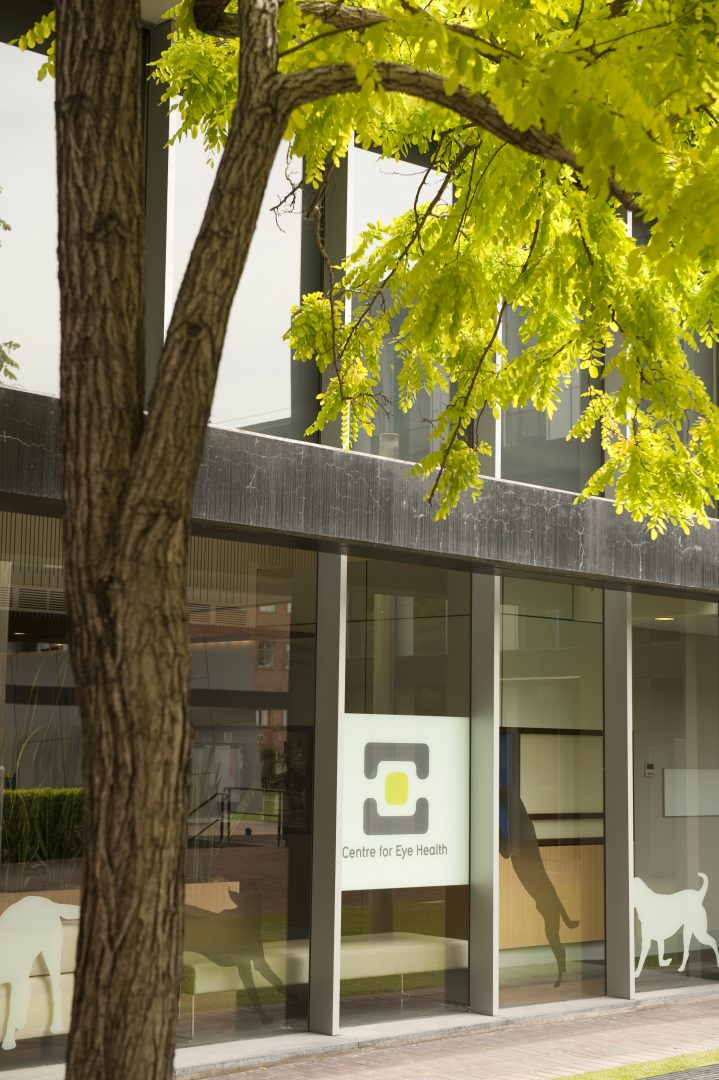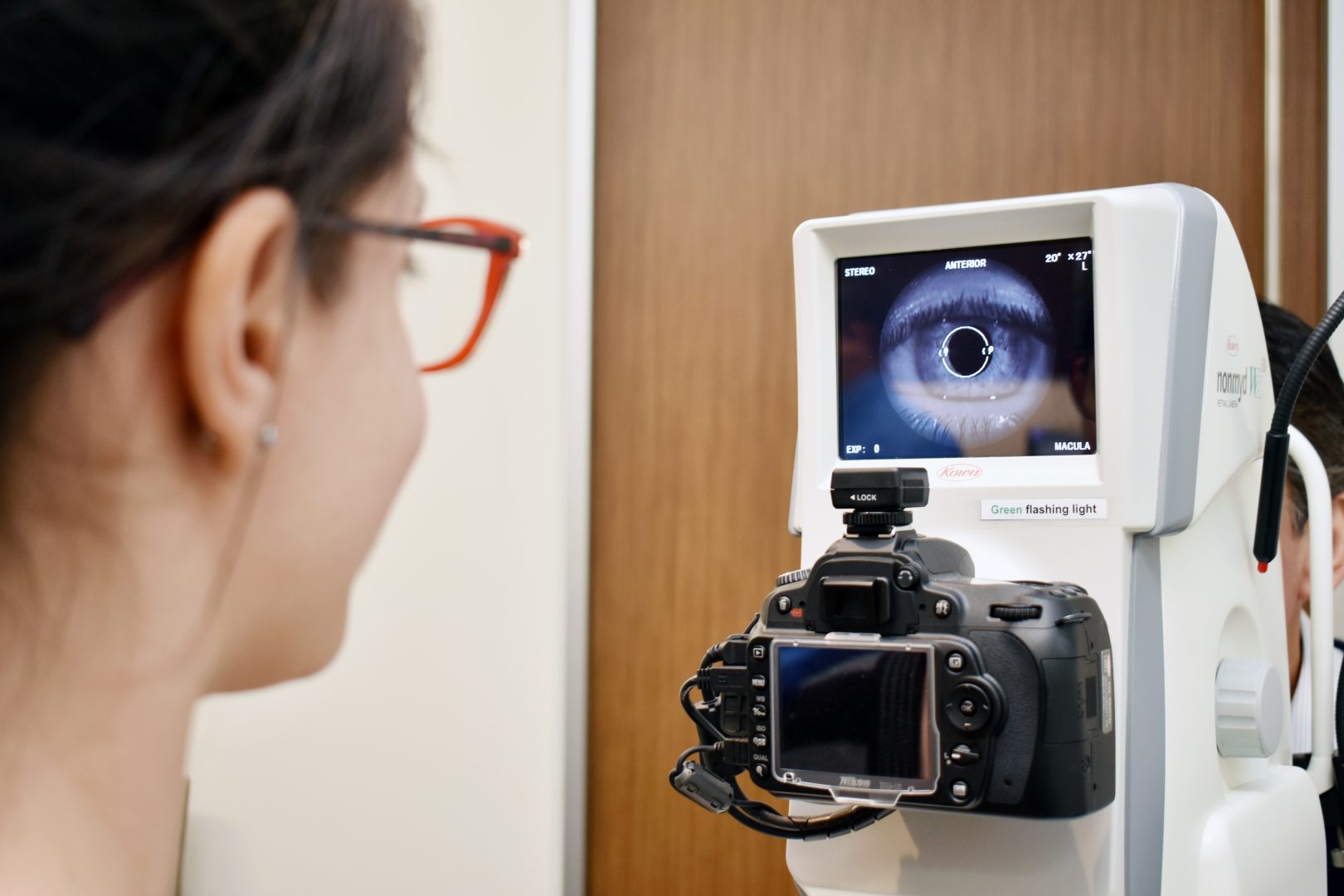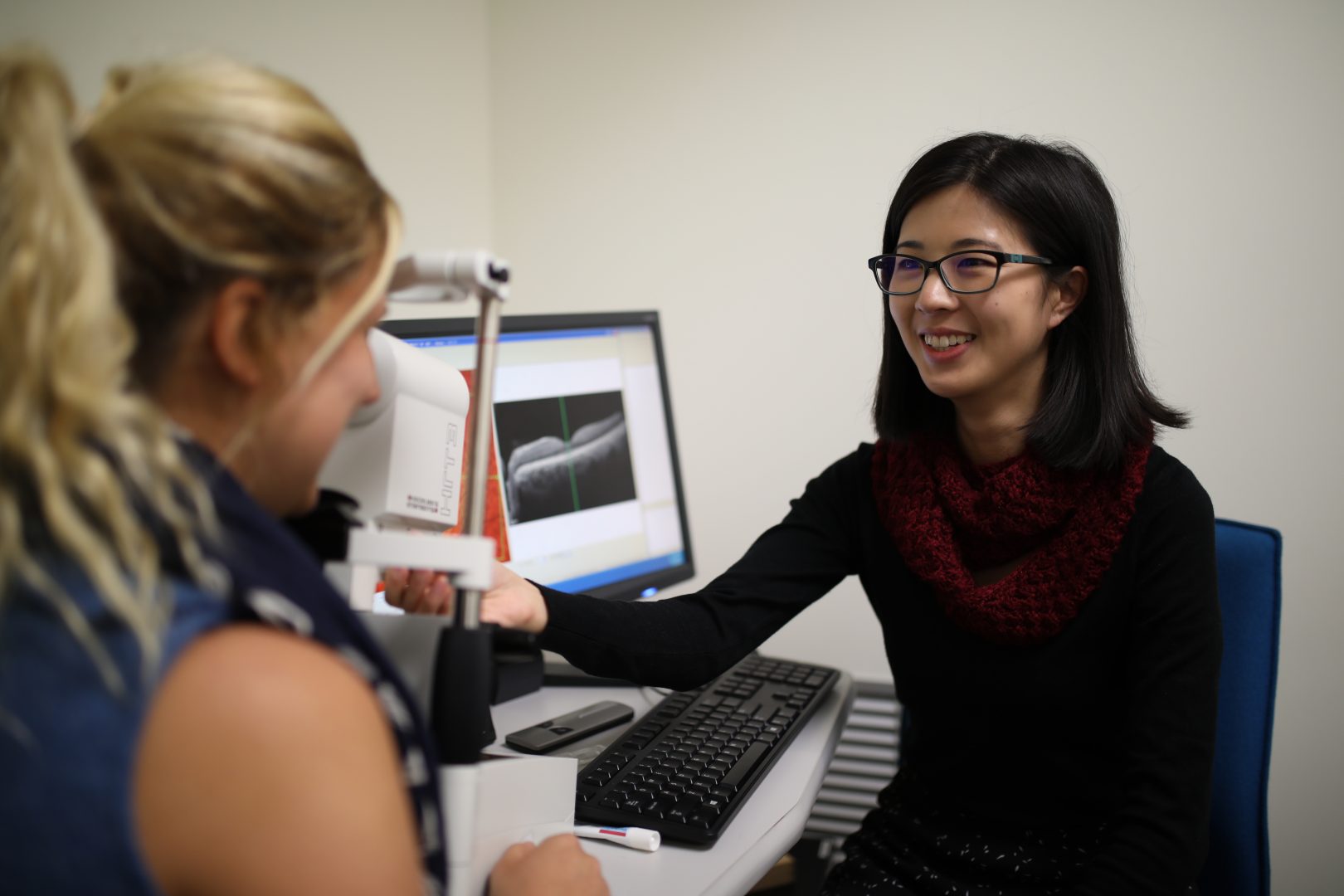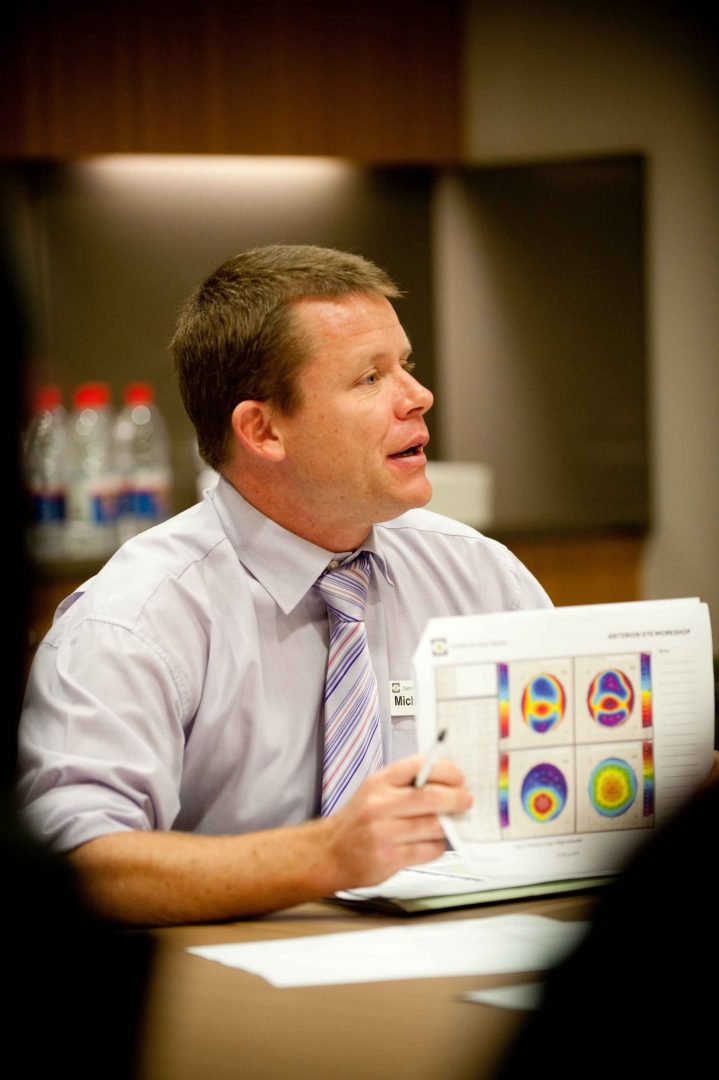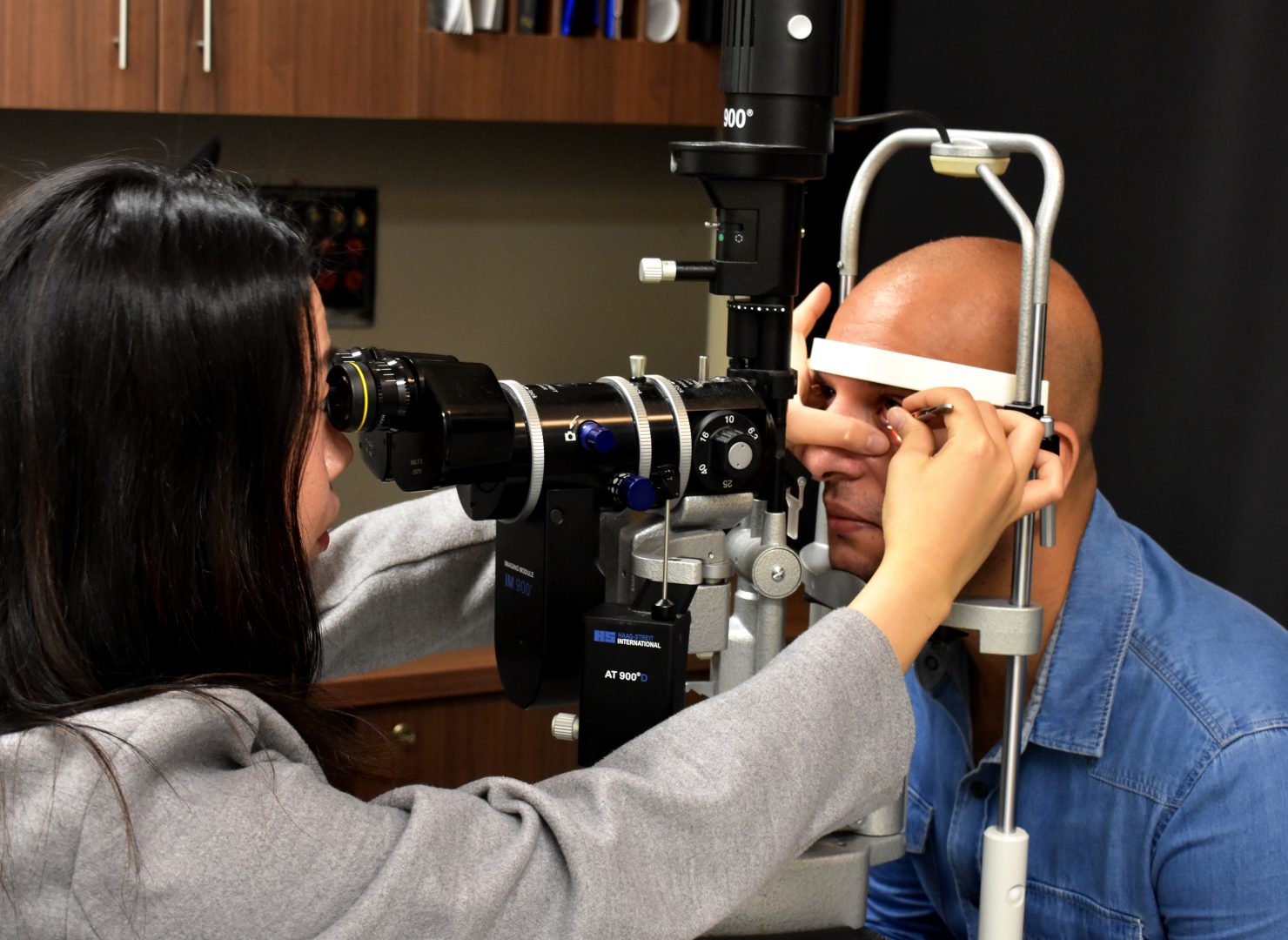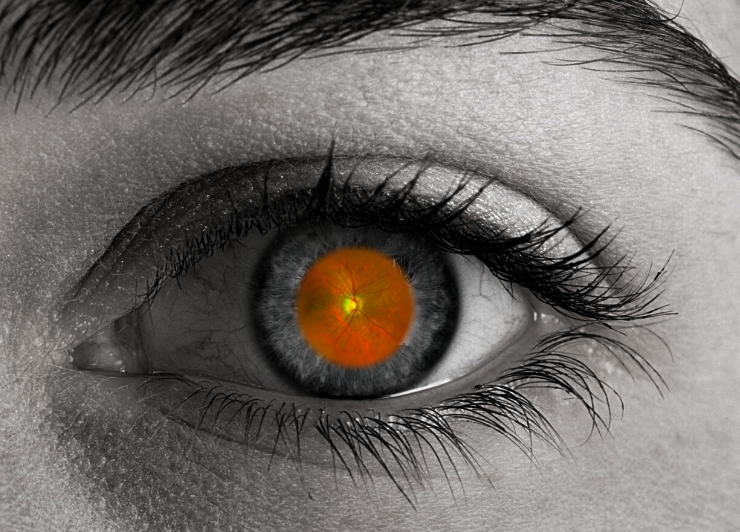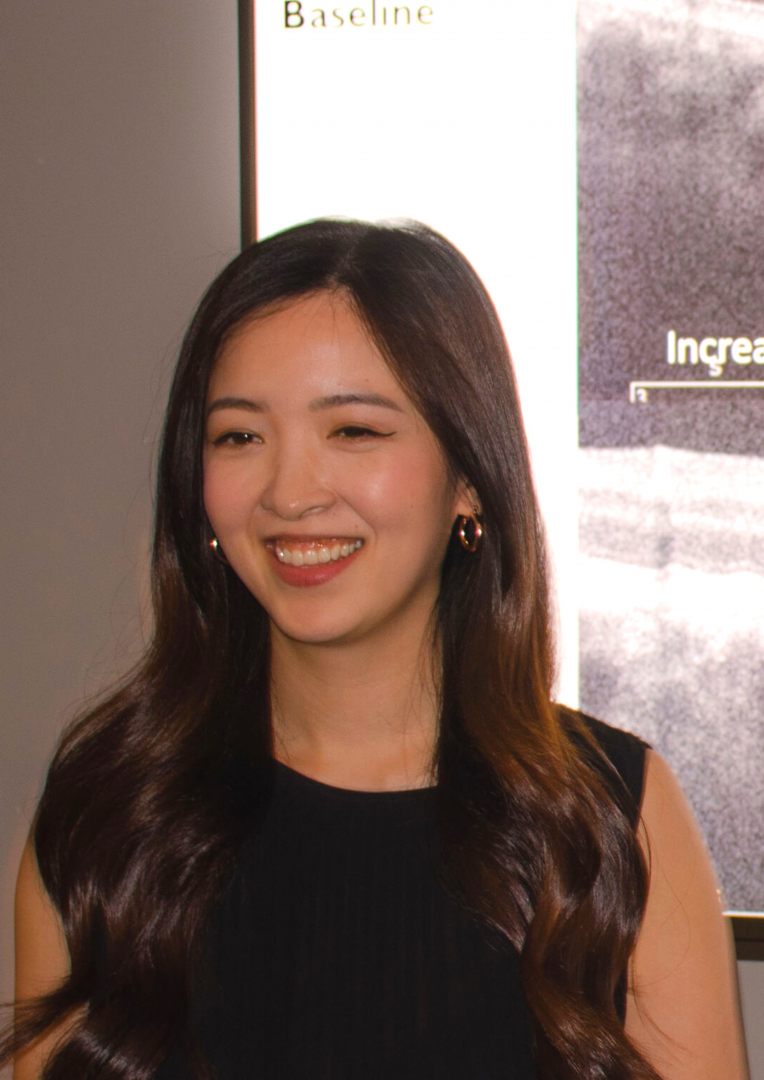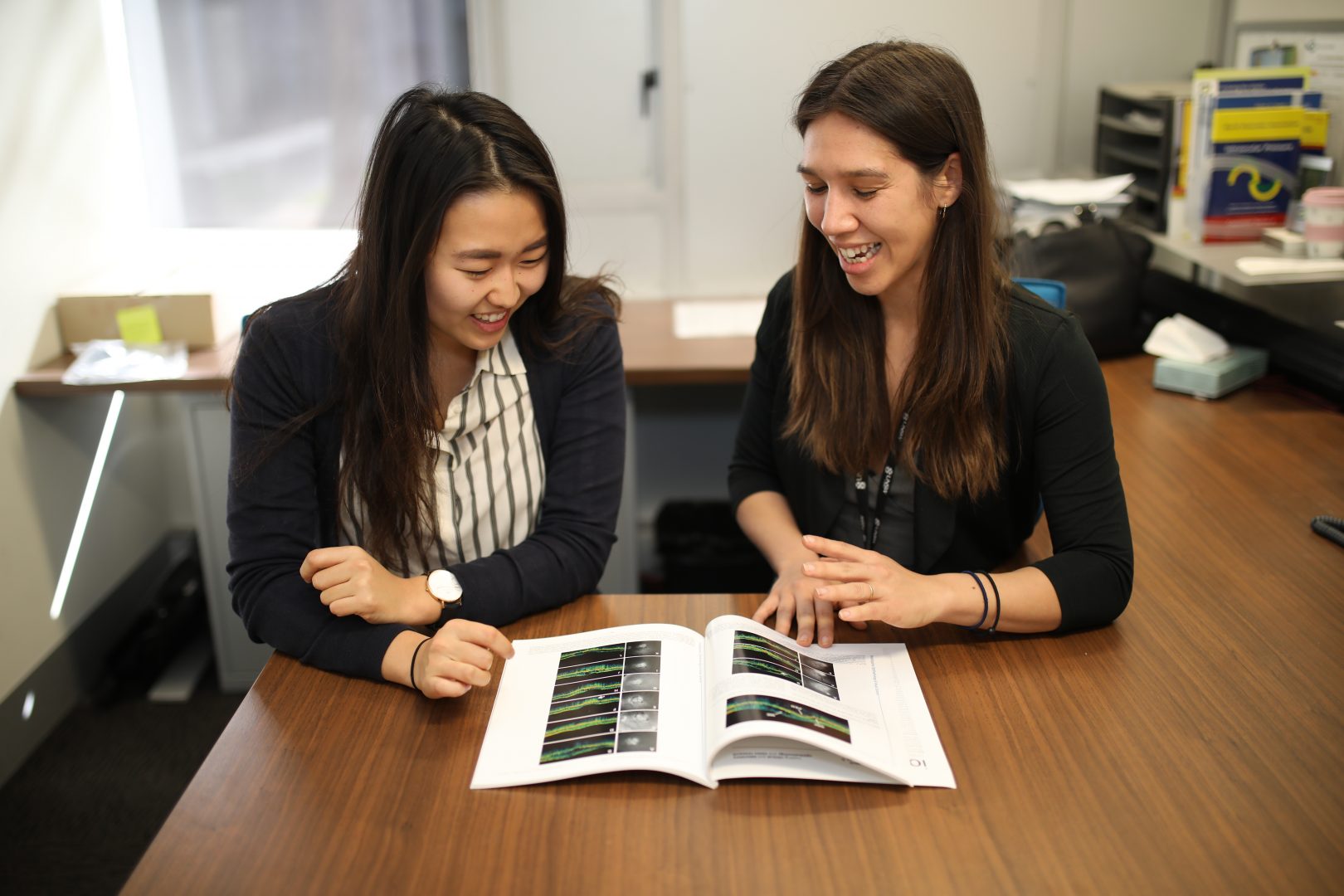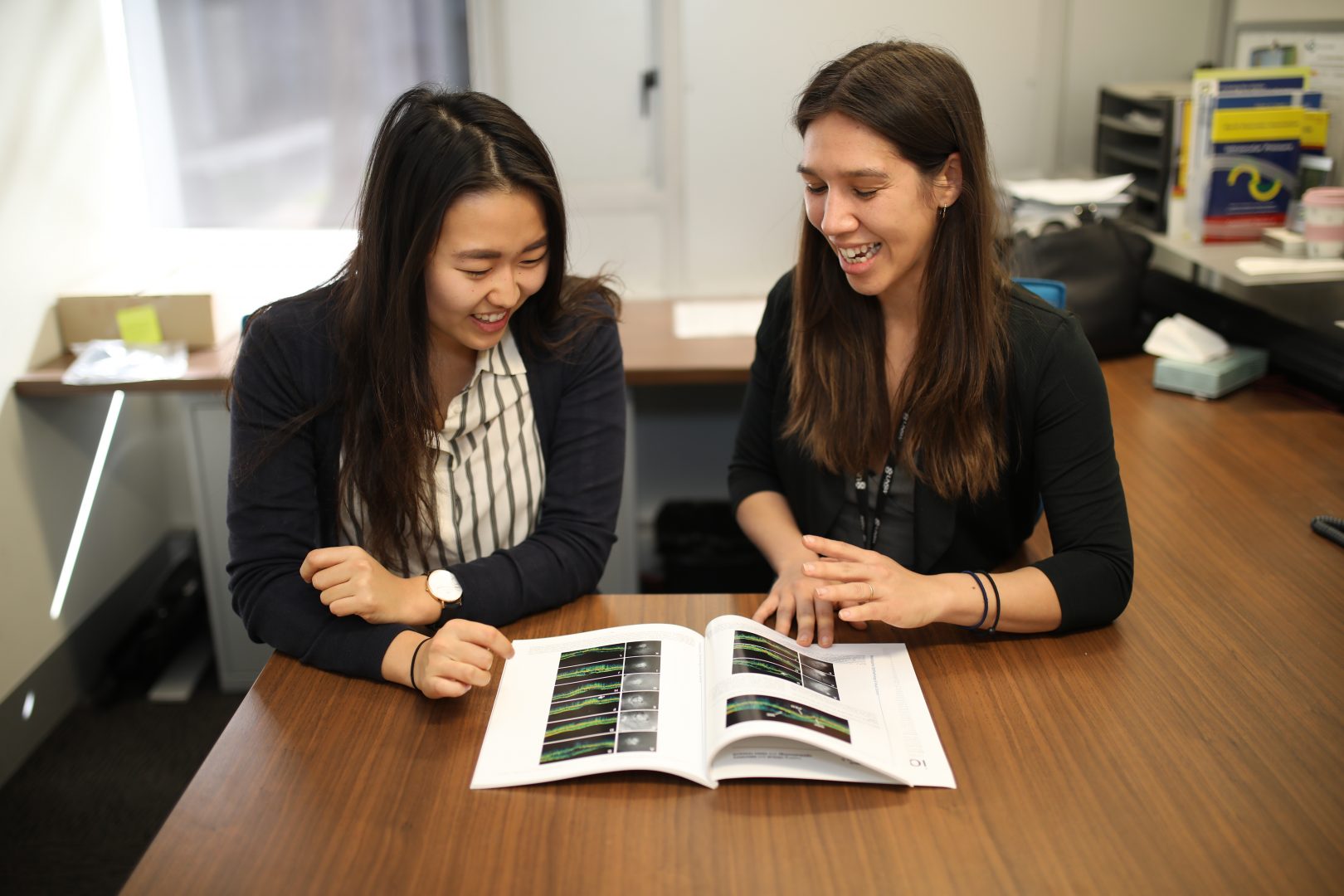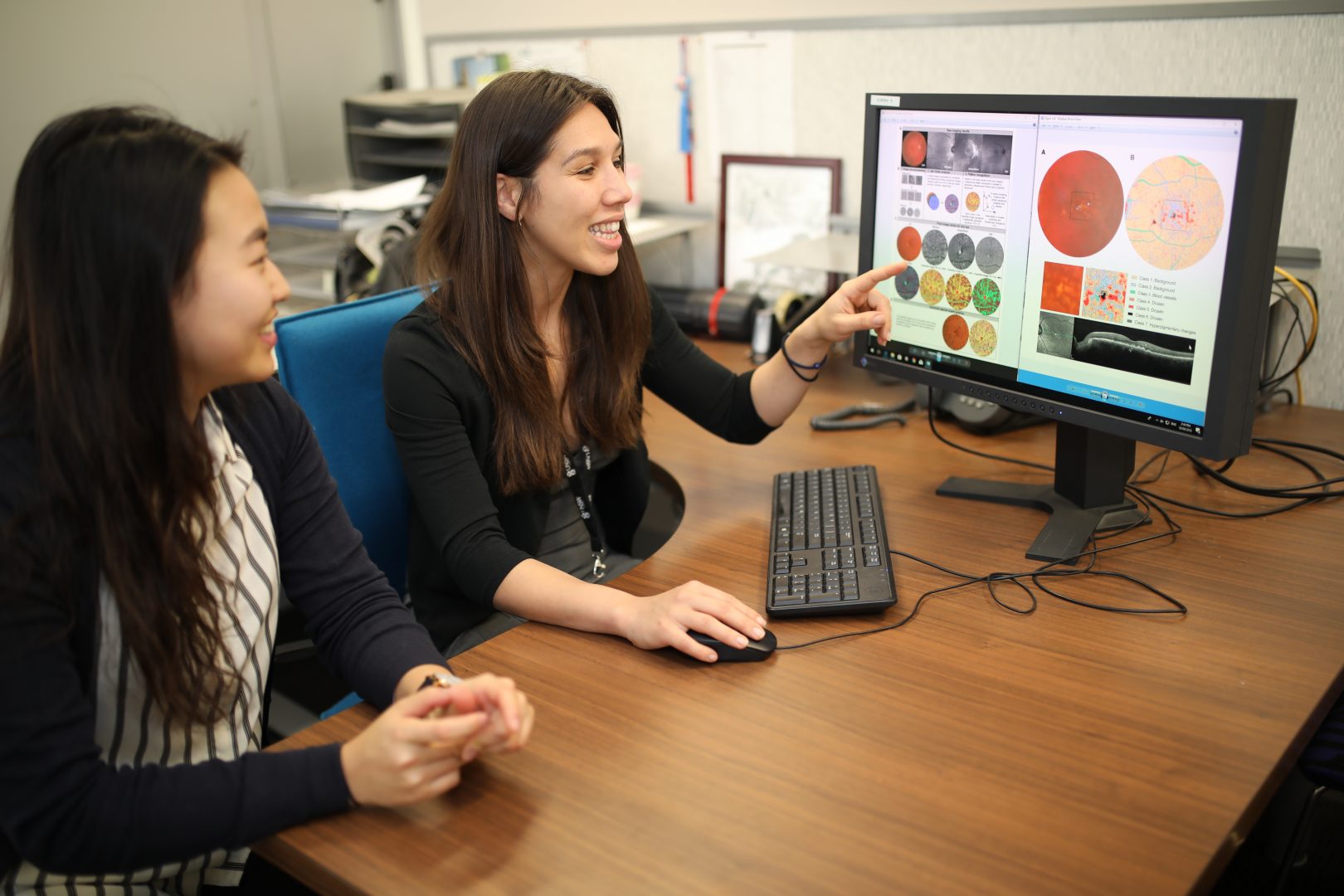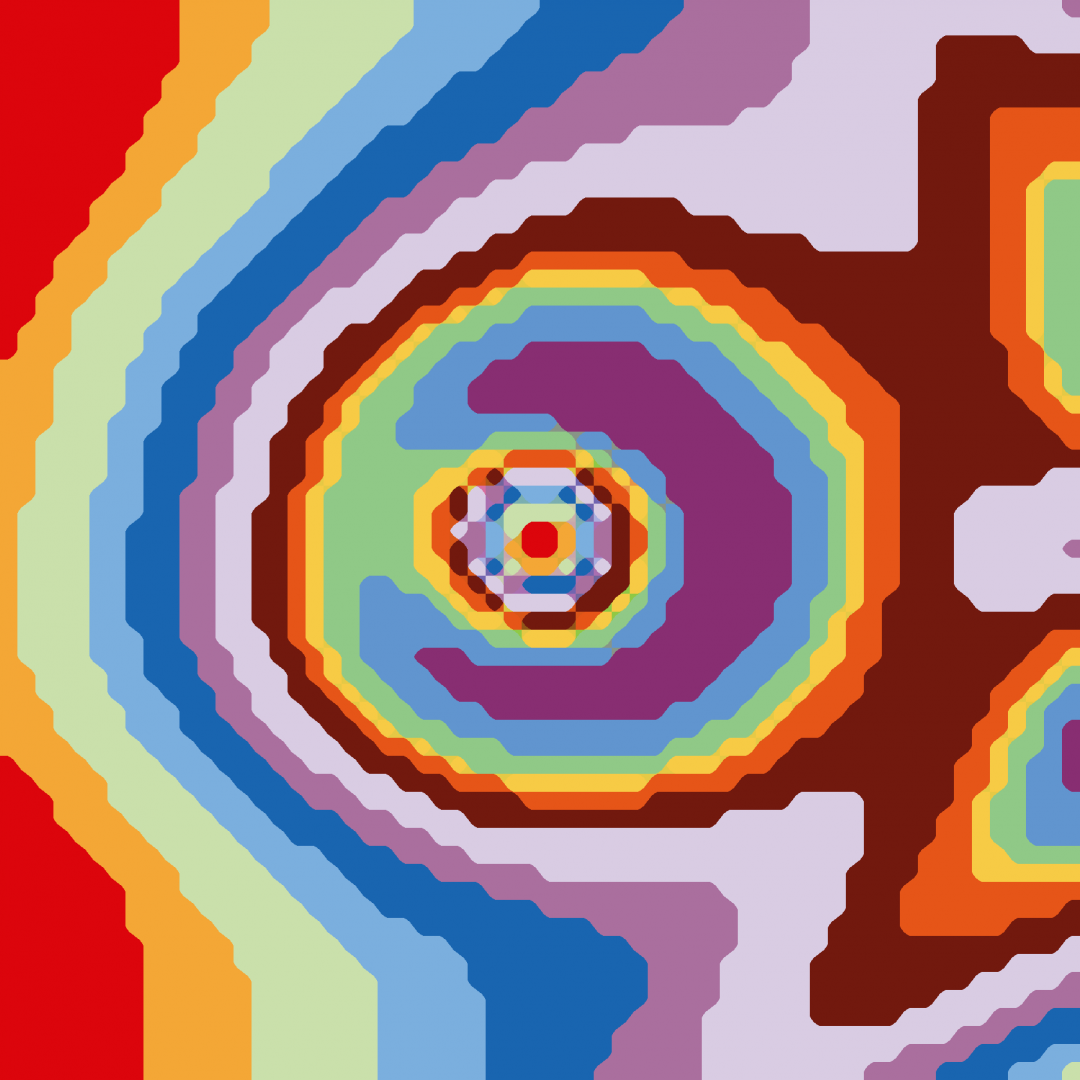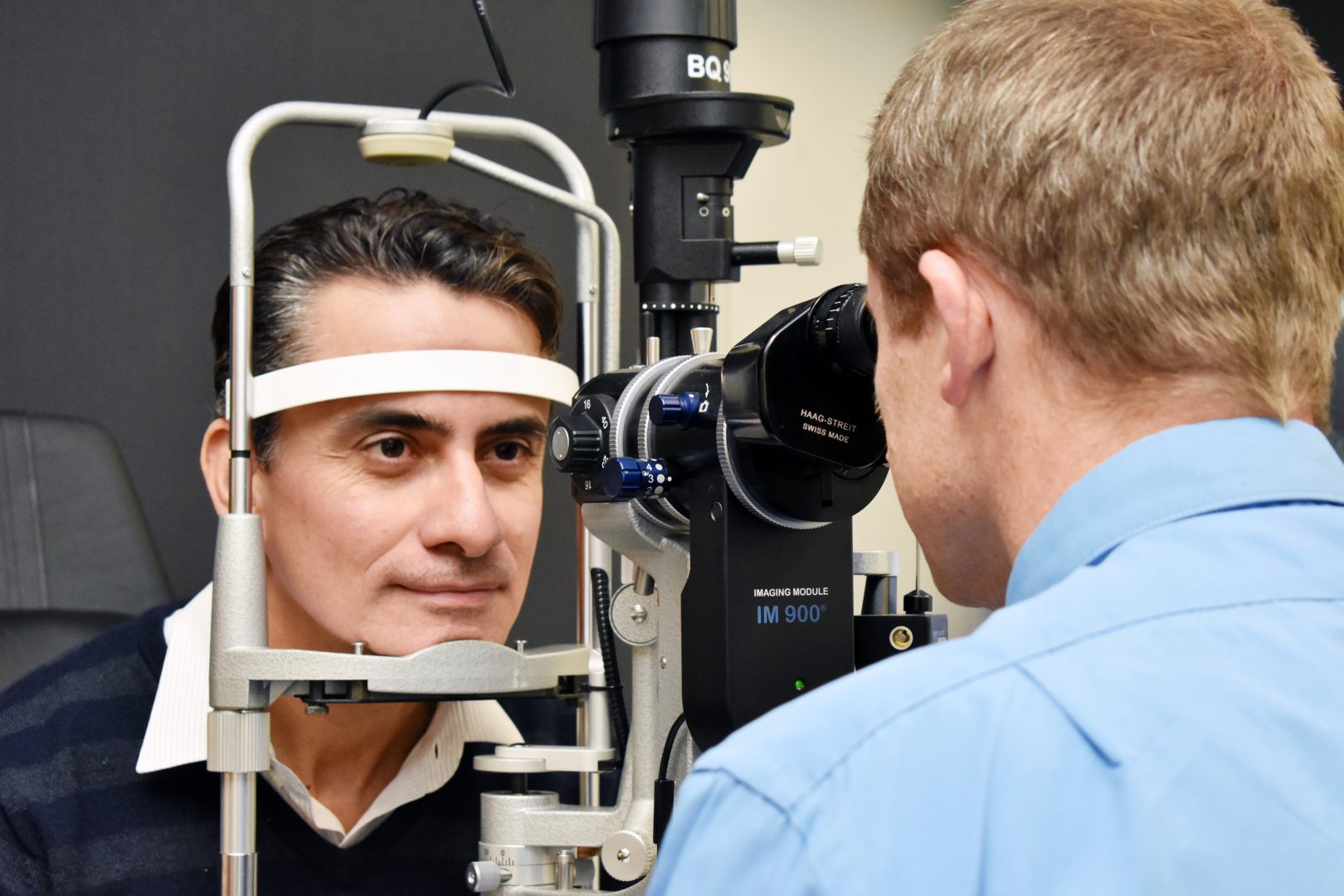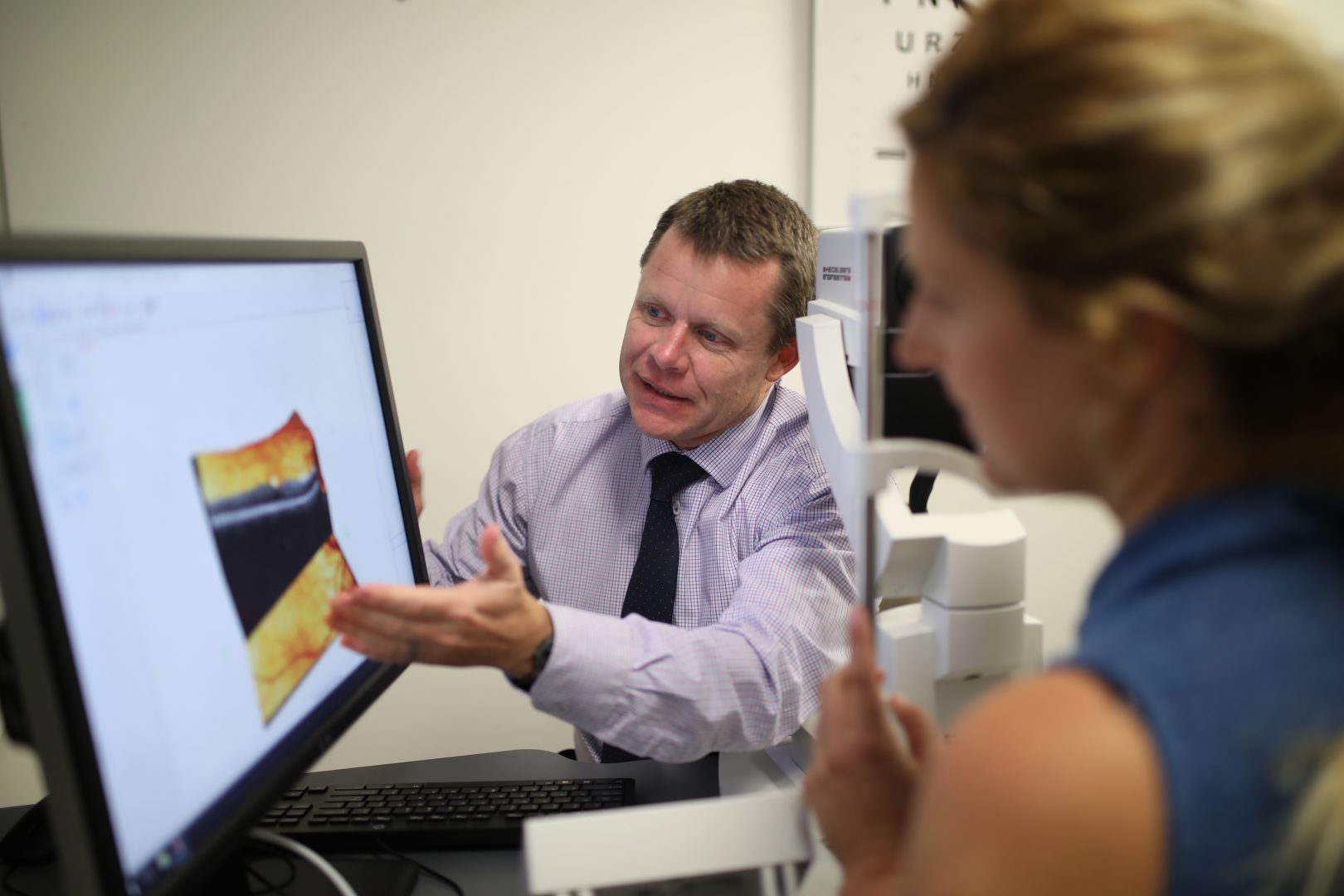
- Refer a Patient
- Referral Types
- Patient Information
- Overview of CFEH Clinics
- CFEH Instrument List
- Our clinical team
- Causes of Vision Loss
- Patient Forms
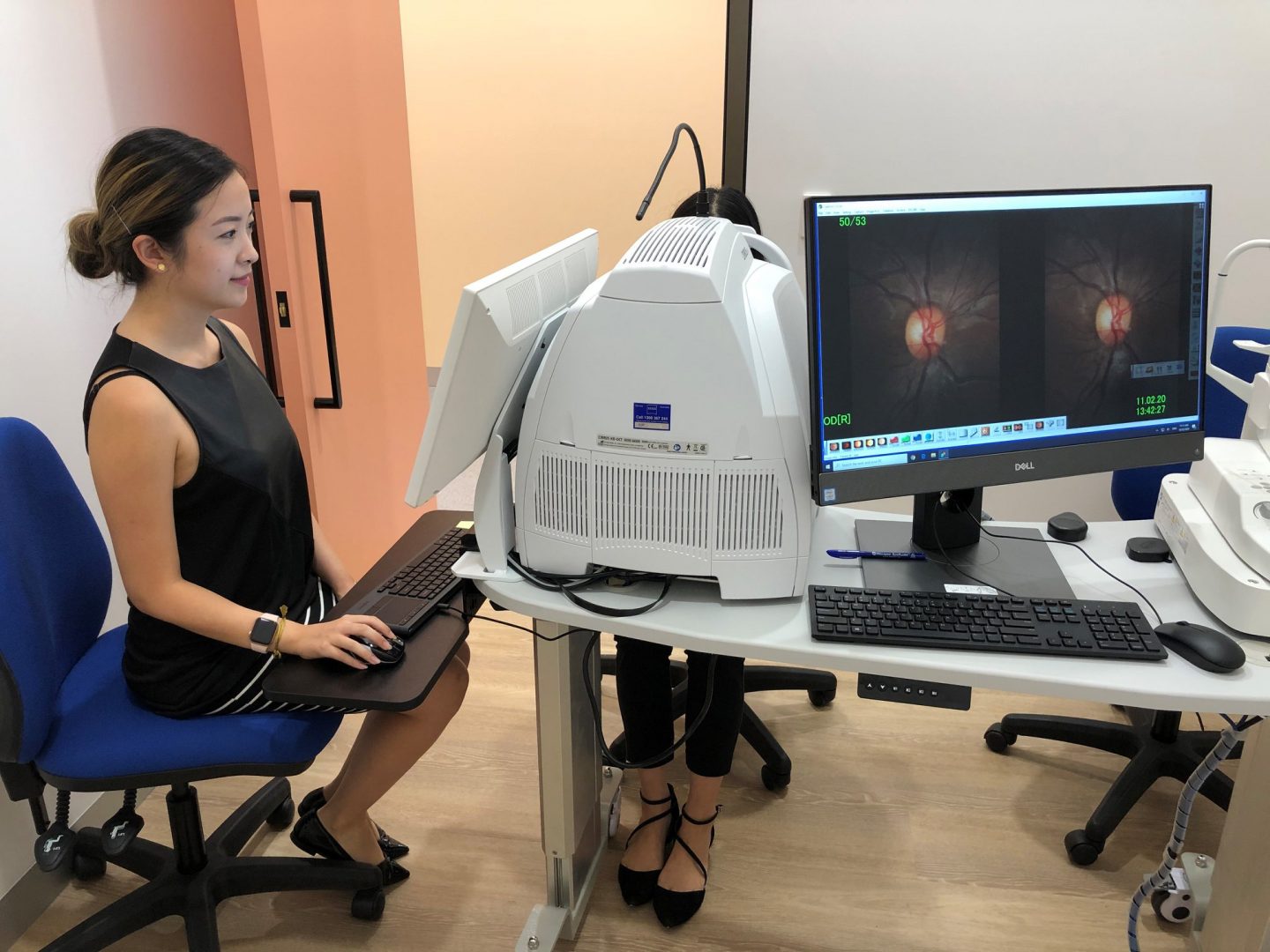
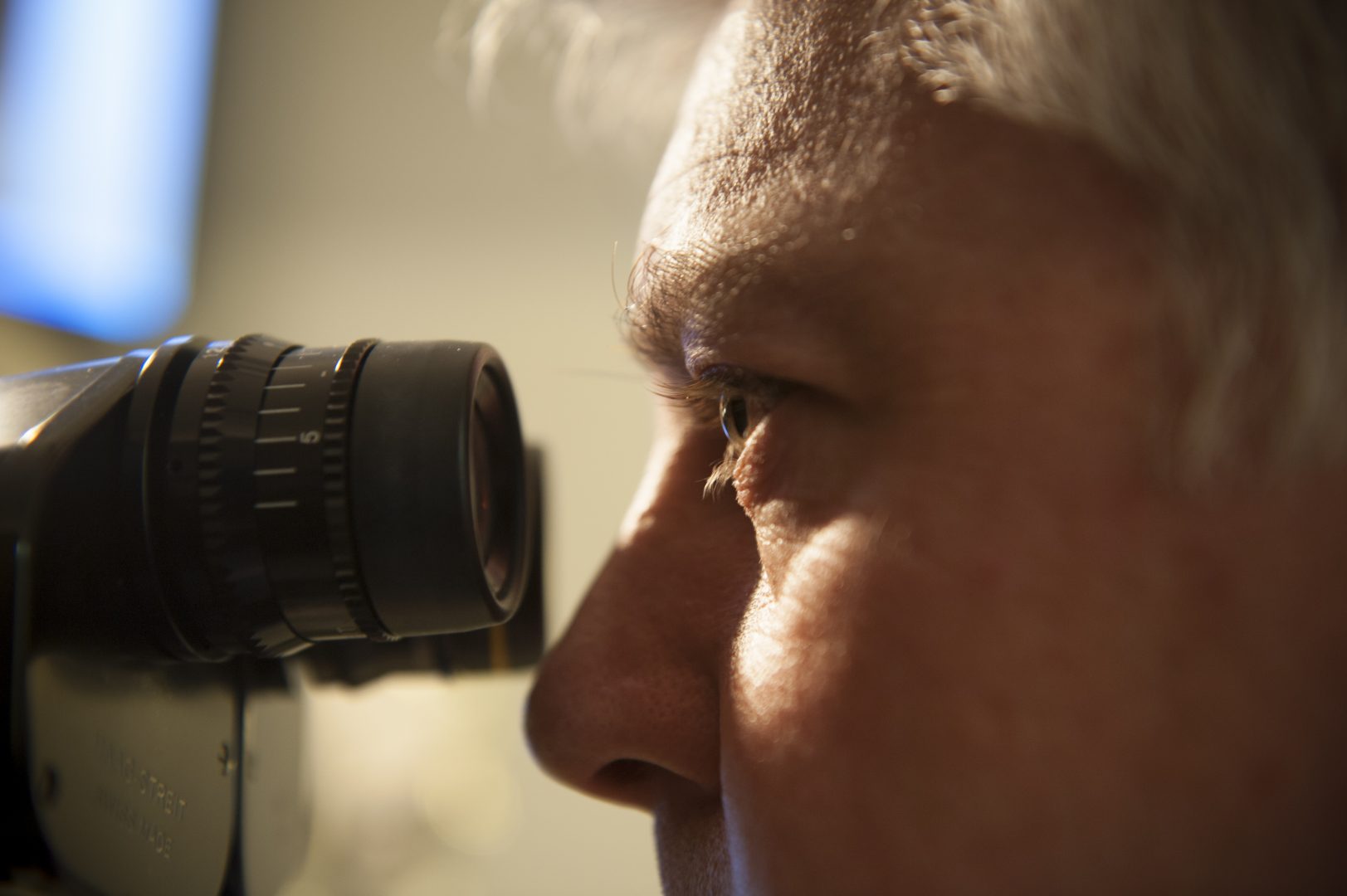
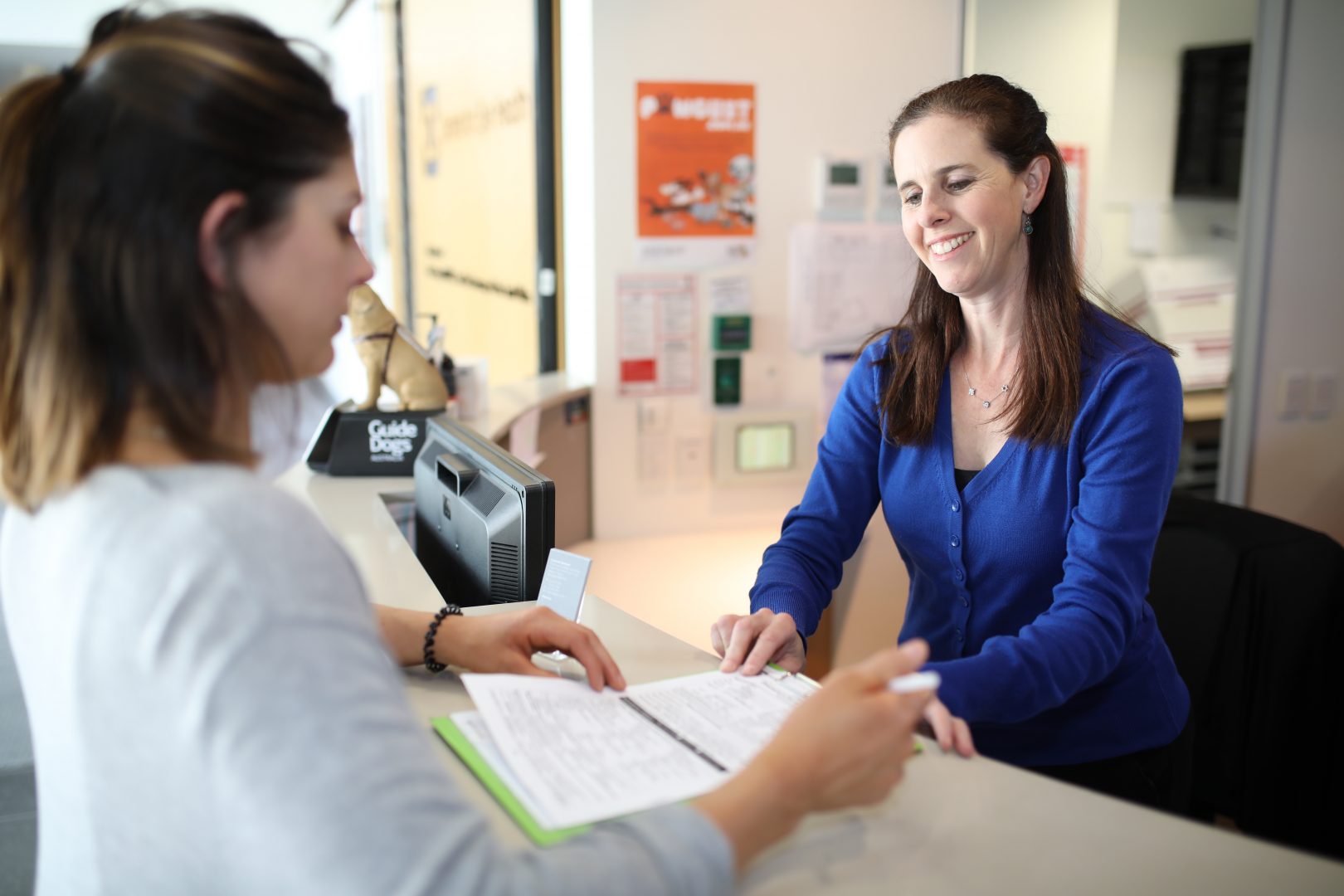
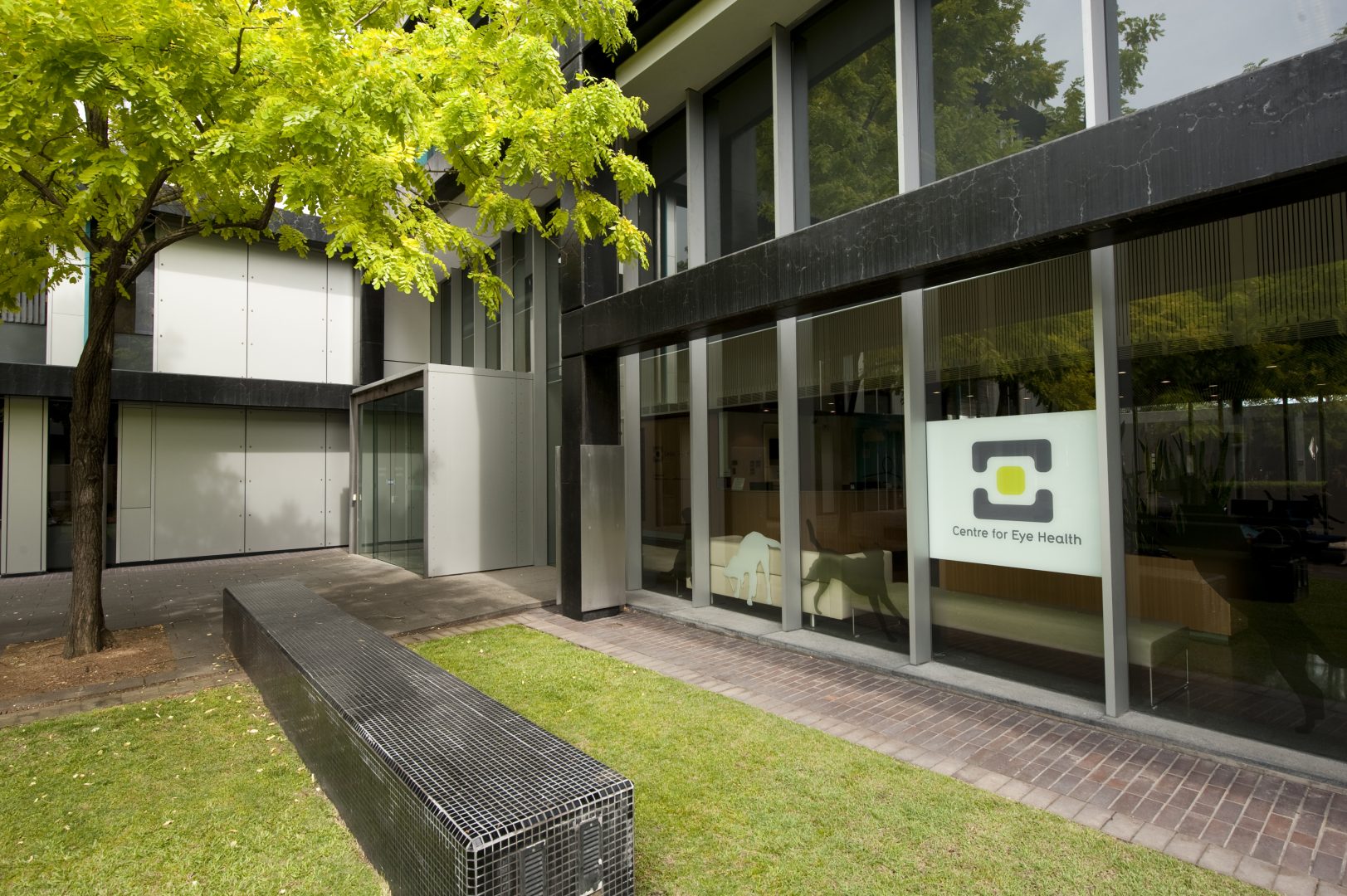
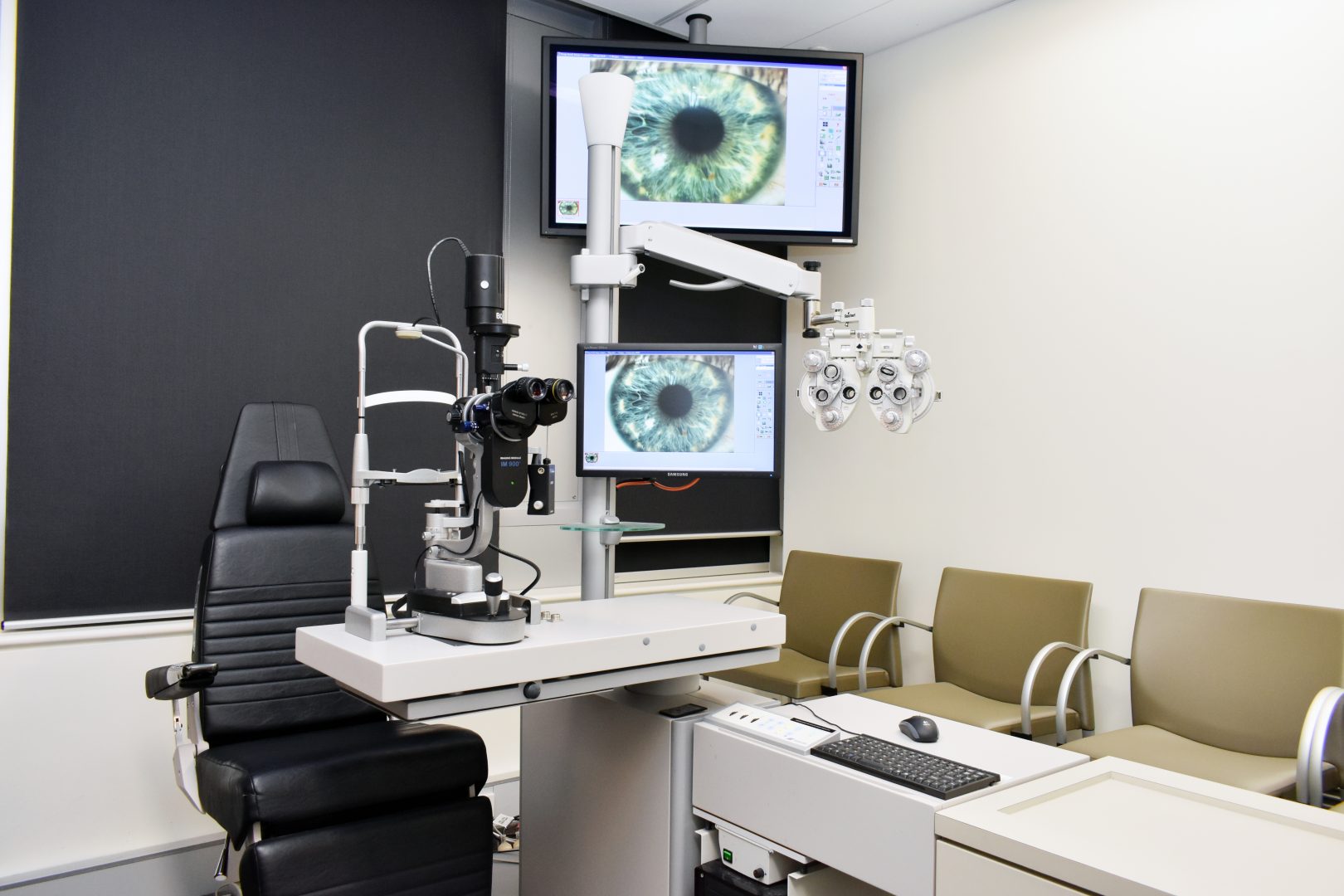
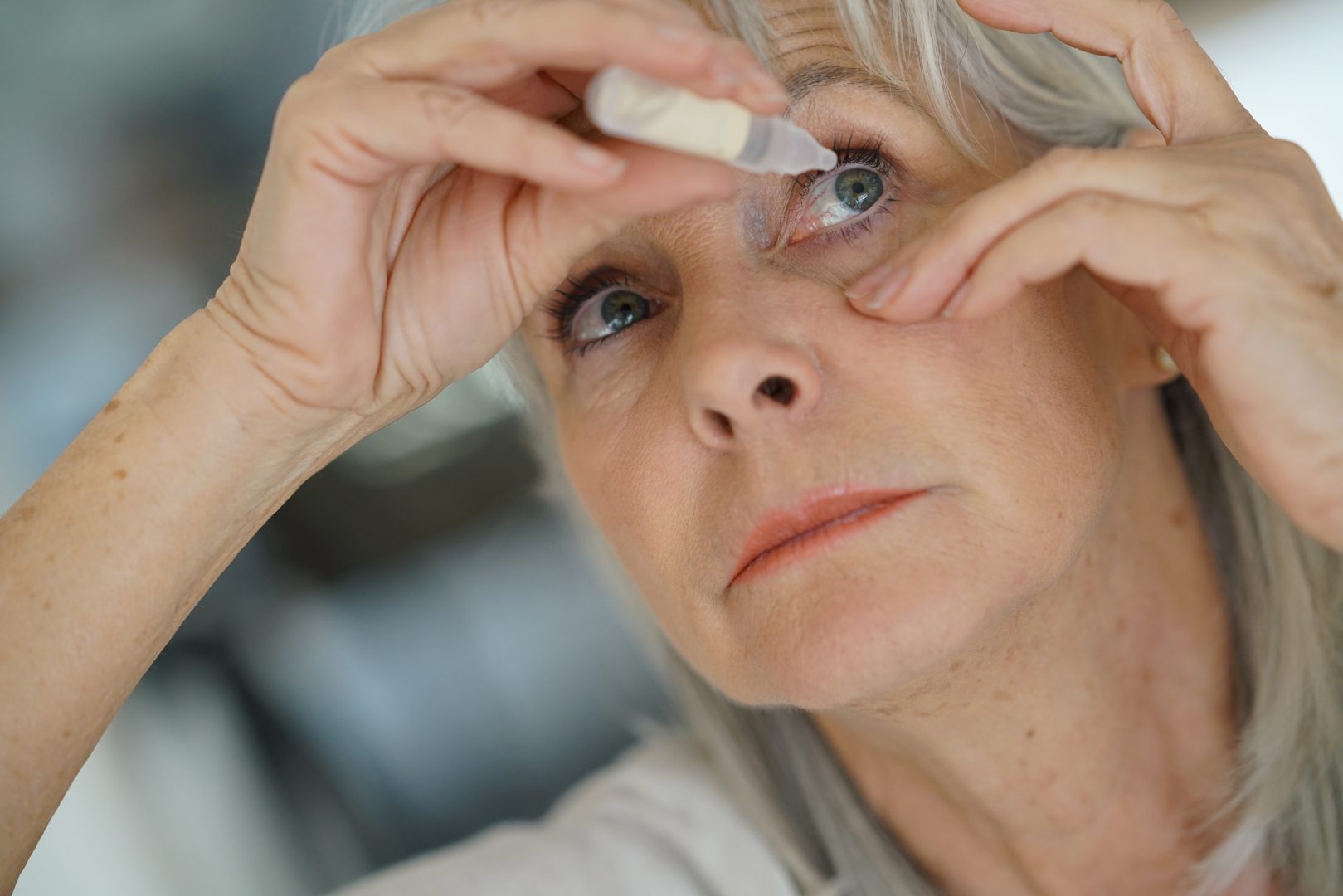
What are low vision aids?
Low vision aids are equipment and technology that can help individuals experiencing vision loss to make best use of their remaining vision, enhance independence, and navigate day-to-day life. These items can help to make daily living easier by helping you with tasks such as reading, identifying objects, or cooking.
A low vision assessment can help you to find the best low vision aids to suit your vision and lifestyle needs.
-
Magnifiers
Magnifiers are devices used to enlarge images and text. There are several types of magnifiers for people with low vision including optical, digital, and lighted magnifiers. Magnifiers may also be handheld and portable or fixed on a desktop.
Handheld magnifiers and ‘pocket’ magnifiers are portable, so you take them with you when you are out. This can help with reading labels when you are shopping, reading menus in a restaurant, or signing important documents. Some handheld magnifiers also have an inbuilt light which brighten images you are looking at. Some portable magnifiers can used with a stand to provide stability when reading for longer periods.
Most smartphones have magnifier applications, for example, iPhones have an inbuilt magnifier app to help you to zoom in on text and objects. A bonus of magnifying apps is the ability to increase the contrast, turn up the brightness, and change the colours, as well as magnifying.
-
Large-print items
Large-print products can help to make everyday items more visible by increasing the size of font and numbers. Several large-print items are available for people with low vision, including keyboards, clocks, books, and playing cards.
You can also use large-print labels to help you to better identify buttons on appliances around the house.
-
Talking appliances and other audio devices
Audible aids can be highly practical for people with low vision, making everyday appliances much easier to use.
Talking appliances, such as microwaves, kitchen scales, and clocks, can give you audio prompts to assist you in using the device. For example, talking microwaves can give you audio prompts that can let you know which button you have pressed, as well as the power setting and the timer.
Liquid level indicators can be useful for pouring cups of water or coffee as they indicate when the water reaches the top of the cup by emitting a sound.
-
Typoscopes
Typoscopes are a piece of black card or plastic with a cutout window that can be used as a guide for reading and writing. When reading, the cutout allows you to look at a specific part of the text, and the black can reduce glare and block out other text. You can also use a typoscope as a signature guide to sign your name.
-
Lighting
Maximising the lighting around your home can help to enhance visibility. Natural daylight and general home lighting can help you to navigate around your home safely, and task lamps can help with specific tasks like reading or cooking. Sometimes carrying a torch for use in low light conditions (such as at night) will help to improve visibility of your surroundings.
-
Contrasting colours
Using contrasting colours can help individuals with low vision to distinguish between different objects. There are many useful non-specialist items that are available which use contrasting colours such as colour-coded measuring cups and different coloured chopping boards for different food types. You can also use coloured cups for water or white mugs for dark liquids like coffee to increase the contrast between the liquid and the cup.
-
Bump dots
Bump dots are small, raised stickers that can be useful for identifying items and buttons around the house through touch. Bump dots can be applied to a range of household items like keyboards, appliances, or switches. For example, if you have a preferred setting on your washing machine, adding a bump dot can help you to find that setting each time you use the appliance.
For more information
- Click here to find out more about low vision assessments
- Take a look at Guide Dogs NSW/ACT’s low vision services
- Always speak to your GP and eyecare professional about the best treatment options for you


